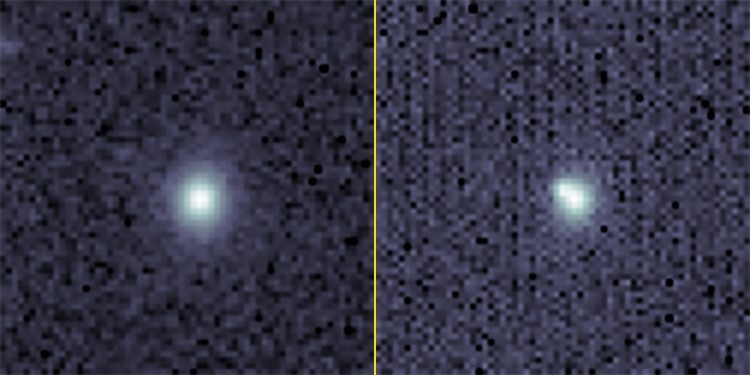
Artificial intelligence just keeps moving forward, now entering the supernovae realm. The AI-powered tool Bright Transient Survey Bot (BTSbot), which can autonomously detect, identify, and classify supernovae, has found its first supernova — SN2023tyk.
Adam Miller, an assistant professor of physics and astronomy at Northwestern University says BTSbot has the potential to completely replace humans in the current supernova detection system, which relies on a combination of human and computer analysis.
“For the first time ever, a series of robots and AI algorithms has observed, then identified, then communicated with another telescope to finally confirm the discovery of a supernova,” he said. “This represents an important step forward as further refinement of models will allow the robots to isolate specific subtypes of stellar explosions.”
“Ultimately, removing humans from the loop provides more time for the research team to analyze their observations and develop new hypotheses to explain the origin of the cosmic explosions that we observe.”
Astronomers have spent roughly 2,200 hours over the past six years visually inspecting and classifying supernova candidates, according to the BTSbot team. With the new AI’s help, astronomers say they can devote more time to determining the causes of stellar explosions and simulating their subsequent evolution.
Supernovae occur when aging stars deplete their nuclear fusion fuel. Incapable of resisting the gravitational force pushing inward, the cores of these stars collapse, while their outer layers erupt as spectacular supernovae.
In the case of Type 1a supernovae, such as SN2023tyk, explosions are triggered when a white dwarf resides within a binary system and gradually siphons matter from its companion star. This influx of material reignites the white dwarf, culminating in a cataclysmic explosion that obliterates it.
These supernova detonations can be so intensely luminous that they outshine the collective radiance of all the stars in the galaxy surrounding them. Nevertheless, owing to the vast expanse of space, even this astounding surge of brilliance doesn’t guarantee the easy detection of supernovae. Presently, automated telescopes scan the night sky, repeatedly capturing images of the same section of space, with the hope of identifying any altered or transient objects not present in previous images.
BTSbot was trained with an extensive dataset of historical images, allowing it to recognize various cosmic phenomena. It successfully identified SN2023tyk two days after its detection by the Zwicky Transient Facility on October 3. The candidate is believed to lie 760 million light-years from Earth. On October 7, just two days after the SN2023tyk find, BTSbot told the astronomical community about the discovery.
“This significantly streamlines large studies of supernovae, helping us better understand the life cycles of stars and the origin of elements supernovae create, like carbon, iron and gold,” said Nabeel Rehemtulla, Northwestern assistant professor of physics and astronomy who co-led the development.
Humans and robotic systems currently collaborate to detect and analyze supernovae. First, robotic telescopes scan the same regions of the night sky repeatedly to find new sources that had not been seen in earlier images. Then humans take over when these telescopes pick up something new.
“Automated software presents a list of candidate explosions to humans, who spend time verifying the candidates and executing spectroscopic observations,” Miller said. “We can only definitively know that a candidate is truly a supernova by collecting its spectrum — the source’s dispersed light, which reveals elements present in the explosion. There are existing robotic telescopes that can collect spectra, but this is also often done by humans operating telescopes with spectrographs.”
Rehemtulla used more than 1.4 million past images from nearly 16,000 sources—including verified supernovae, momentarily flaring stars, periodically variable stars, and flaring galaxies to train a machine-learning algorithm to create the AI tool.
“The beauty of it is that, once everything is turned on and working properly, we don’t actually do anything,” Rehemtulla said. “We go to sleep at night, and, in the morning, we see that BTSbot, and these other AIs unwaveringly do their jobs.”






